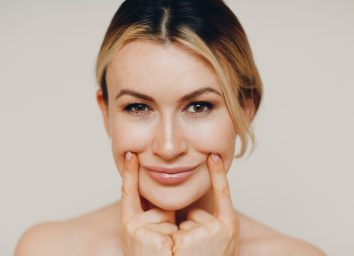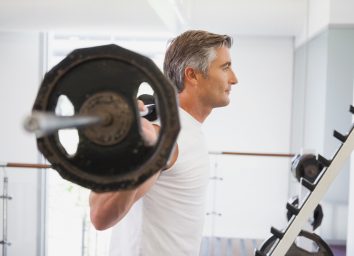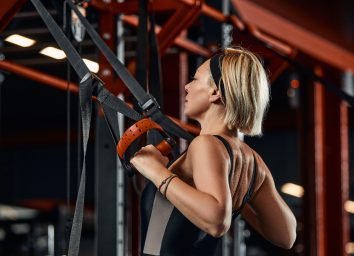Not Doing These Exercises Is Aging You Faster, Expert Says
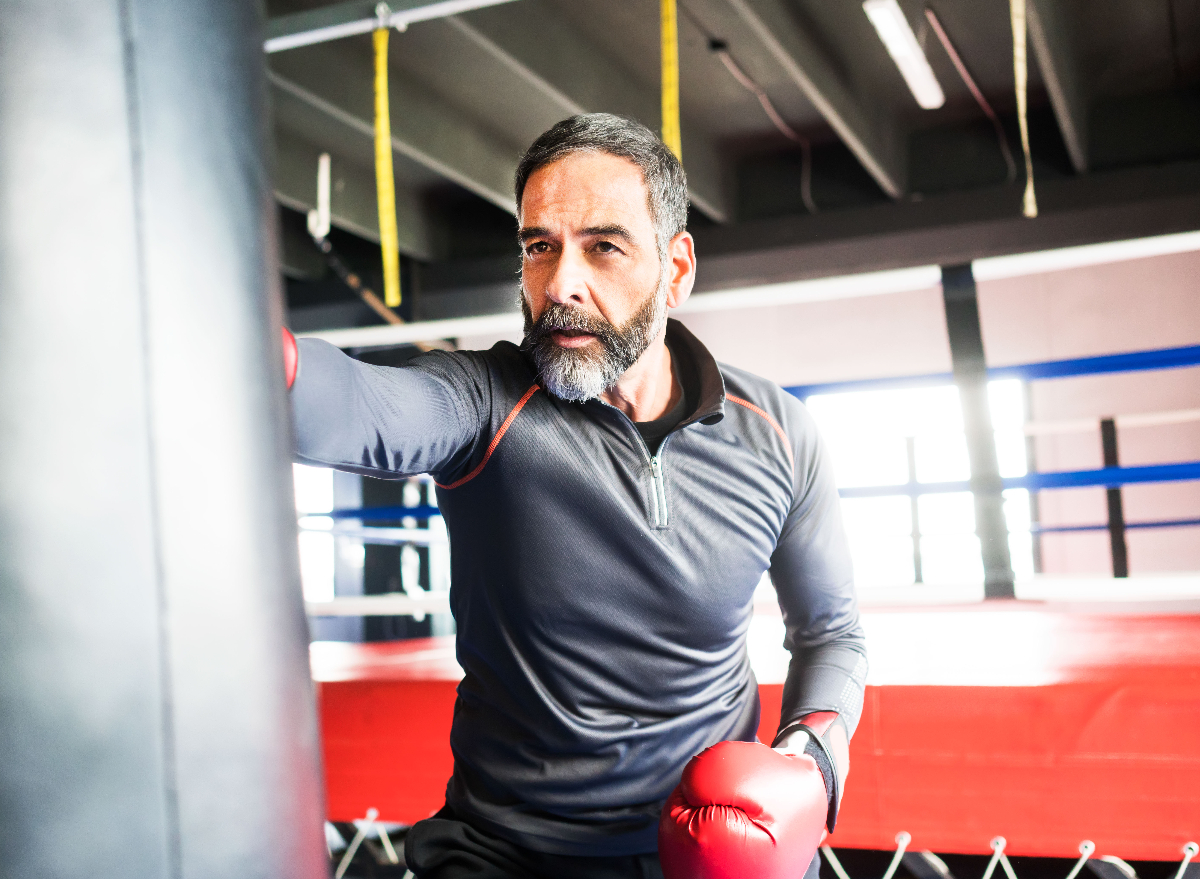
The old saying "You're only as old as you feel" has so much truth to it—especially when it comes to staying in shape as you age. It's important to know there are specific exercises you simply cannot ignore in your weekly routine. In fact, not doing them is aging you faster. But you want to stay young, right? We totally get that, so listen up.
Eat This, Not That! spoke with Dr. Mike Bohl, the Director of Medical Content & Education at Ro and certified personal trainer, who discusses the many changes that naturally happen as your body ages, along with what you can do to stay youthful. Read on to learn more about what's aging you faster, and next up, don't miss The 6 Best Exercises for Strong and Toned Arms in 2022, Trainer Says.
Growing older means you lose lean muscle mass, and your risk of hypertension increases
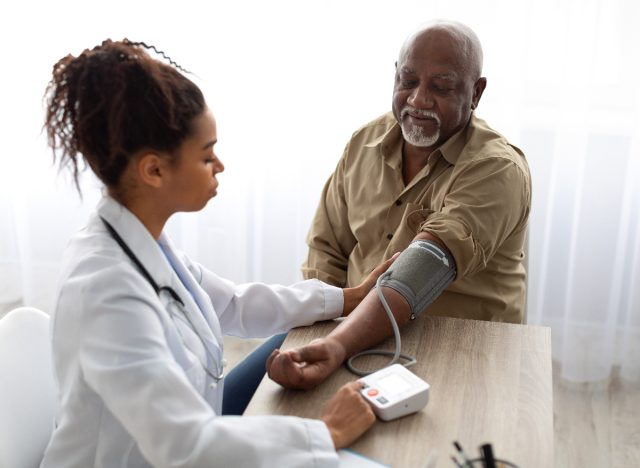
According to Dr. Bohl, "[As you age,] tissues become less elastic, lean muscle mass decreases, bone mineral density decreases, blood vessels become less flexible, and the risk of diseases like hypertension increases." That doesn't sound too exciting, but the good news is, there are many effective exercises you can perform that will help your entire body function so much better as you get older.
Note that prior to starting any workout routine, it's always wise to check in with a medical professional to assess any potential physical limitations you may have. Once you've assessed your capabilities, it's time to get started on a fitness routine that will help you live a healthier, more youthful life.
Related: The Worst Exercise Habits That Are Aging You Faster, Trainer Says
Aerobic exercise, strength training, and balance training are so important for older adults
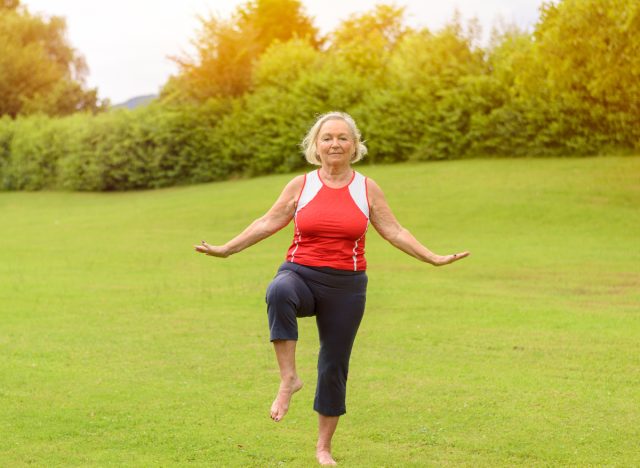
Dr. Bohl explains, "All forms of exercise are important, because they all work together to keep the body functioning at its best and reduce the risk of disease and injury. However, aerobic exercise, strength training, and balancing training are probably the three most important for older adults."
He points out the Centers for Disease Control and Prevention's (CDC's) fitness recommendations for adults over 65 years of age. That bracket should exercise weekly for a minimum of 2 1/2 hours of moderately intense aerobic exercise (or a minimum of 1 hour and 15 minutes of vigorous-intensity aerobic exercise); minimally two days each week of strength training; and at a minimum, three days per week of balance training.
Related: Here Are 4 Face Jowl Exercises to Tone and Reverse Aging, Expert Says
Exercising can have a positive impact on your overall health and appearance as you age
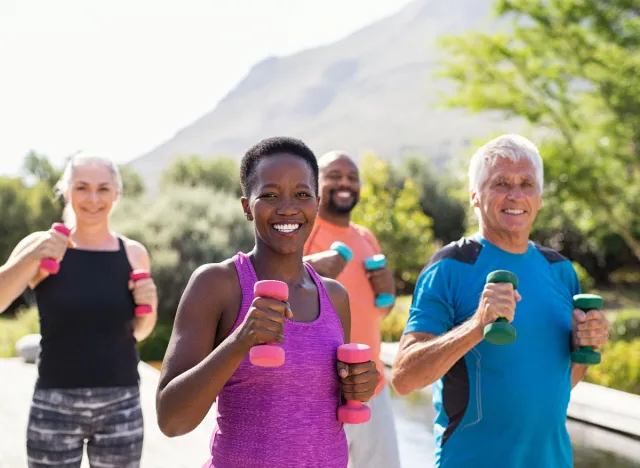
"Continuing to exercise as you get older won't only positively impact your body internally, it will also affect your overall appearance," Dr. Bohl says, adding, "Resistance training will slow the loss of lean muscle mass (and may even cause the muscles to grow). Lifting weight with underactive muscles—while also spending time to stretch overactive muscles—can help improve posture, such as keeping the head back, shoulders retracted, and the pelvis in a neutral position. And strength training also improves bone mineral density, which can lead to stronger spinal bones, which can also contribute to improved posture."
The benefits of these exercises are aplenty
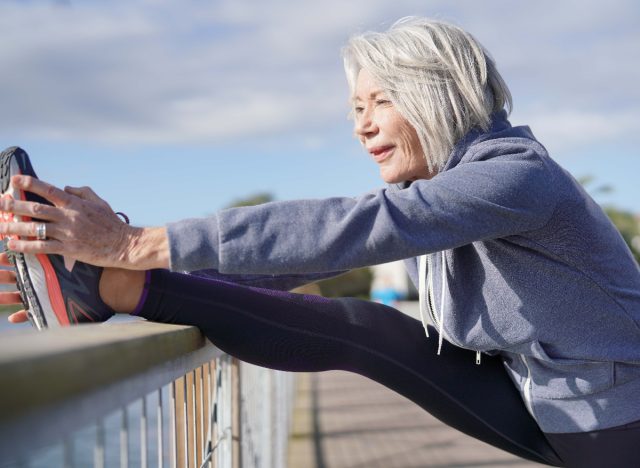
These are the types of exercises Dr. Bohl suggests that can easily be included in your weekly routine:
- Flexibility training will help you maintain a good range of movement in your joints. Foam rollers and static stretching are helpful for this type of exercise.
- Balance training is extremely helpful when it comes to limiting your risk of falling and getting injured, which is quite common as you get older. A brisk walk is excellent for strengthening balance and even balancing on one leg while in a standing position for a given time. Another exercise is to try standing up from a sitting position without your hands helping you.
- Resistance training is helpful in strengthening your bones. It can also slow down the process of losing lean muscle mass. Cables, exercise machines, and free weights are all great tools to use for resistance training.
- Aerobic exercise is an amazing cardio workout that improves the function of your blood vessels and the delivery of oxygen to the rest of your body, Dr. Bohl explains. Walking, bicycling, rowing, swimming, running, and jumping rope are just a few of the many choices for an aerobic workout.
